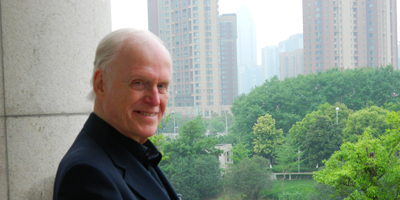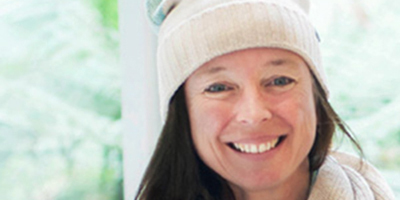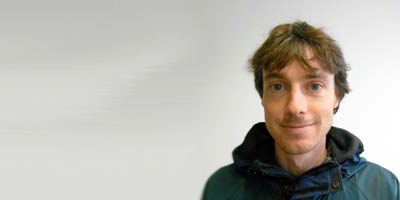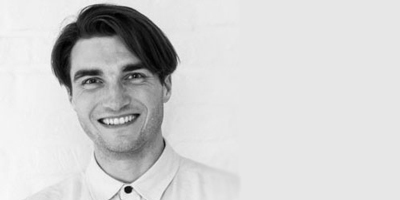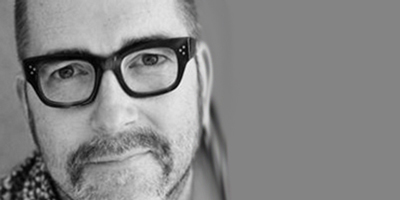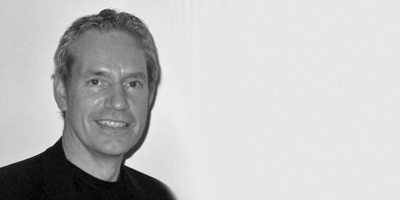Urban smellscapes & soundscapes
January 2016, Alan Baxter, London
The second event in the Feeling good in public spaces series explores the impact of urban design on auditory and olfactory senses. It focuses on how climate change or climate disruption would affect or present future challenges for these sensory experiences
- How to explore a smellscape: Glasgow & Singapore
- Effects of climate change on the sensory experience of the built environment
- Soundwalking in South London: listening, place and sonic identity
- Reactive soundscapes – how can games audio techniques be applied to large scale, immersive sound installations?
- Smellscapes in urban intermodal transit spaces: a case study of Sheffield Railway Transit Network
- SmellyMaps: the digital life of urban smellscapes
- Making sense of health
Chair
Professor Emeritus Derek Clements-Croome
Keynote talks:
How to explore a smellscape: Glasgow & Singapore
Kate McLean, Royal College of Art
This talk will focus on primary research conducted in Glasgow and Singapore as part of the Sensory Maps project. The Sensory Maps project is an art & design practice that explores and communicates urban smellscapes globally from a human-centred perspective. Sensory data can be measured using technological sensors but the nose is perfectly designed for detecting fine-grained data enabling the simultaneous collection of qualitative measurements of smell data and perceived quality of life. Equally, whilst the traditional role of the map purports to be a scientific exactitude the practice of crowd-sourced smellscapes reinvigorates the map to be a magical instrument of speculation and imaginative meandering. The talk will draw parallels between the smellscapes of Glasgow and Singapore and indicate individual, notable differences. It will culminate with an introduction to the Smellfie a free, downloadable kit I developed to enable anyone to conduct and record a smellwalk anywhere (pdf, 6.6 MB).
McLean, K. (2014). Smellmap Amsterdam: Olfactory Art & Smell Visualisation in Forbes, A & Chevalier, F (eds), Proceedings of the IEEE VIS 2014 Arts Program, VISAP’14: Art+Interpretation, Paris, France, 9–14 November 2014.
Effects of climate change on the sensory experience of the built environment
Dr Michael Barclay, University of Wales Trinity St David
The senses are effected by a wide range of factors. It can be useful to incorporate this into the design of places by quantifying these factors to help make design decisions or to help weigh up the benefits and challenges for specific cases. In this talk I will give an overview of ARCC research into quantifying the effect of climate change and noise distribution on natural ventilation performance. This gives site-specific information about natural ventilation potential. I will also cover work done to describe the moisture buffering of natural fibre building materials.
Barclay, M. 2012. PhD thesis – The interaction of building energy use, ventilation performance and urban noise under future climate scenarios (pdf, 3.5 MB).
Barclay, M., Kang, J. & Sharples, S. 2012. Combining noise mapping and ventilation performance for non-domestic buildings in an urban area. Building and Environment, 52: 68–76.
Short talks:
Soundwalking in South London: listening, place and sonic identity
Chris Wood, Queen Mary, University of London
An overview of research into the sonic identity of Brockley / Crofton Park conducted with communal reflective soundwalking. We explored the question of what sounds dominated the area and how they created effective and emotional responses in the participants. This research was conducted in partnership with the ECF funded R&D Revealing Spaces project. We hope it can illustrate the importance of sound in the experience and design of urban spaces.
Reactive soundscapes – how can games audio techniques be applied to large scale, immersive sound installations?
Andy Visser, University of St Mark & St John
Having been involved as a sound designer in the creation of large scale, multi-speaker soundscape installations for commercial clients for many years, it has become clear that there is a need to move away from passive soundscapes towards a more active, immersive model. My work in game audio as an educator has exposed me to non-linear gaming processes, both in terms of sound design and sound implementation. My current research is centred around adapting non-linear gaming processes and technologies to immersive physical spaces that allow audience-driven events to trigger changes in sonic environments.
Smellscapes in urban intermodal transit spaces: a case study of Sheffield Railway Transit Network
Jieling Xiao, Birmingham City University
Urban intermodal transit spaces are multi-functional public spaces, resulting in interesting smellscapes within a rich social context. Taking Sheffield Railway Transit Network as a case study, a framework of human perception process of smellscape was derived to help better understand smellscape and guide the urban design process. The talk also covers the factors needed to compose smellscapes at different scales.
SmellyMaps: the digital life of urban smellscapes
Daniele Quercia, Bell Labs
City officials and urban planners deal only with the management of less than ten bad odors. Why this negative and oversimplified perspective? Smell is simply hard to measure. SmellyMaps is a new way of capturing the entire urban smellscape from social media data (i.e. tags on Flickr pictures or tweets).
Making sense of health
Steve Kemp, OpenPlan
When assessing the “form” and “character” of places, planners and urban designers mostly focus on how a place looks and how its buildings are used. Observing a place through our eyes is a good starting point but it’s not where we should finish. Sight is only one of the senses through which we experience places. Theoretically, the spatial relationships in a “good place” can be replicated to produce a similar “good place” somewhere else. In a way that’s what Urban Form Coding aims to do. In reality though, the place “recreated” will not be much like the original. Most of the important things will be different: smells, the sounds, the tastes, the feel of the air, the climate, the rhythms, vibrations and movements – almost everything that combines to make each place unique. Studies of soundscapes and smellscapes mark a big step forward – but I want to go further by exploring how all the sensory qualities of a place combine to affect our perceptions and our well-being. I am seeking ways of considering the effects of changes affecting any and all of those sensory experiences to be considered in the planning, design, development and management of the urban environment.



